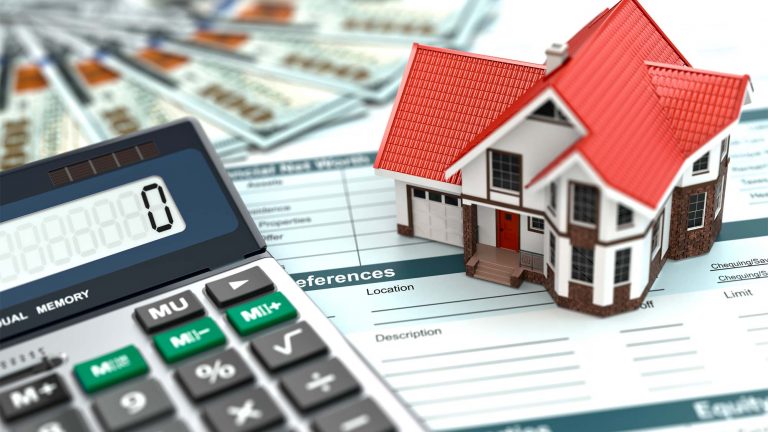Why Are Building Costs Notoriously Underestimated?
People are far too often relying on constructors to provide estimates for the building cost. It seems logical. They are running the project and should know first-hand how much materials and labour cost. However, estimating is not their core business. First and foremost, they are responsible for building, finding people, materials, permits, and solving all the arising problems. It’s always done on the side, using traditional methods, checking the invoices for the materials, and then estimating the labour: 5 guys x 3 days; 2 guys x 3 days. It would be satisfactory, but floors, walls, beams, storeys, fixtures and so on. This method is too time-consuming and will never be as accurate as a professional external estimation. This article offers hints at how to make better calculations.
Why Does It Make Sense to Use a Construction Cost Estimator?
To start with, this is their core business, and they are well-established in it. They spend hours doing their job, work closely with constructors and monitor the market for the price of the products. One of the most popular methods of estimating newly built houses is getting an idea of what is its price per square meter. You need to gather all the data that you have about the cost of your future house, and you test them against newly constructed houses in your area. It doesn’t seem very complicated, but the difficulty is to get as close data as possible. The houses that you compare to should be similar in style, quality, features, location, and so on.
Construction cost estimators use enormous databases to check those figures. There is a very good reason to get this number accurately. Firstly, it’s a major investment, and you don’t want it to ruin your budget. Secondly, knowing what the prices are, gives you a far better position for negotiation during construction.
What Factors Should You Take Into Account When Estimating Construction Cost?
Style
The style of your superstructure – the foundations, the roof, and the walls, the Mastercraft doors have the largest influence on the final costs. The cheapest and the most common house style is square or rectangular. The lower the ratio of walls to the floor is, the lower the price. Long rectangles will be more expensive than rectangular shapes of similar lengths.
The ratio is also better in a two-storey build, compared to a one-storey – it will require the same size of roof and foundation.
The more unique your design is, the more crucial is the correct estimation. Angles, corners raise the price. Non-standard angles (different from 90) or rounded walls will drive the cost of materials and labour significantly. Moreover, finding similar houses in a similar location will be harder, so the cost estimation will be less accurate.
Quality
When you can find good quality furniture at Ashley, then finding a house similar in style may not be so difficult. Hence, there are many fairly standard ones. The quality of the materials used for building is a different story. The question of quality applies to a billion choices that have to be made. For example paint, flooring, insulation, shingles, cabinetry, build-ins, roofs, appliances, doors, windows. Ask your builder for advice on all of these items separately, and conduct your estimation once you’re aware of the standard you want to achieve.
Features
Any additional features you add to your house will naturally drive up the price. To special features, you can count vaulted ceilings, roof pitches, curved staircases, a fireplace, or an external veranda.
Time of the Year
Make sure that your estimation takes into account the time of the year. In wintertime, you will find more available for the labour and the prices may drop. However, you will need to add the cost of providing the heating on the construction site. In busy periods, the high demand for labour will drive the prices.
The process of estimating the cost of a construction is not an easy one. Hopefully, this article shed some light on the crucial aspects of it. The success of the project may be determined by the budget, so it’s worth calculating it right.

